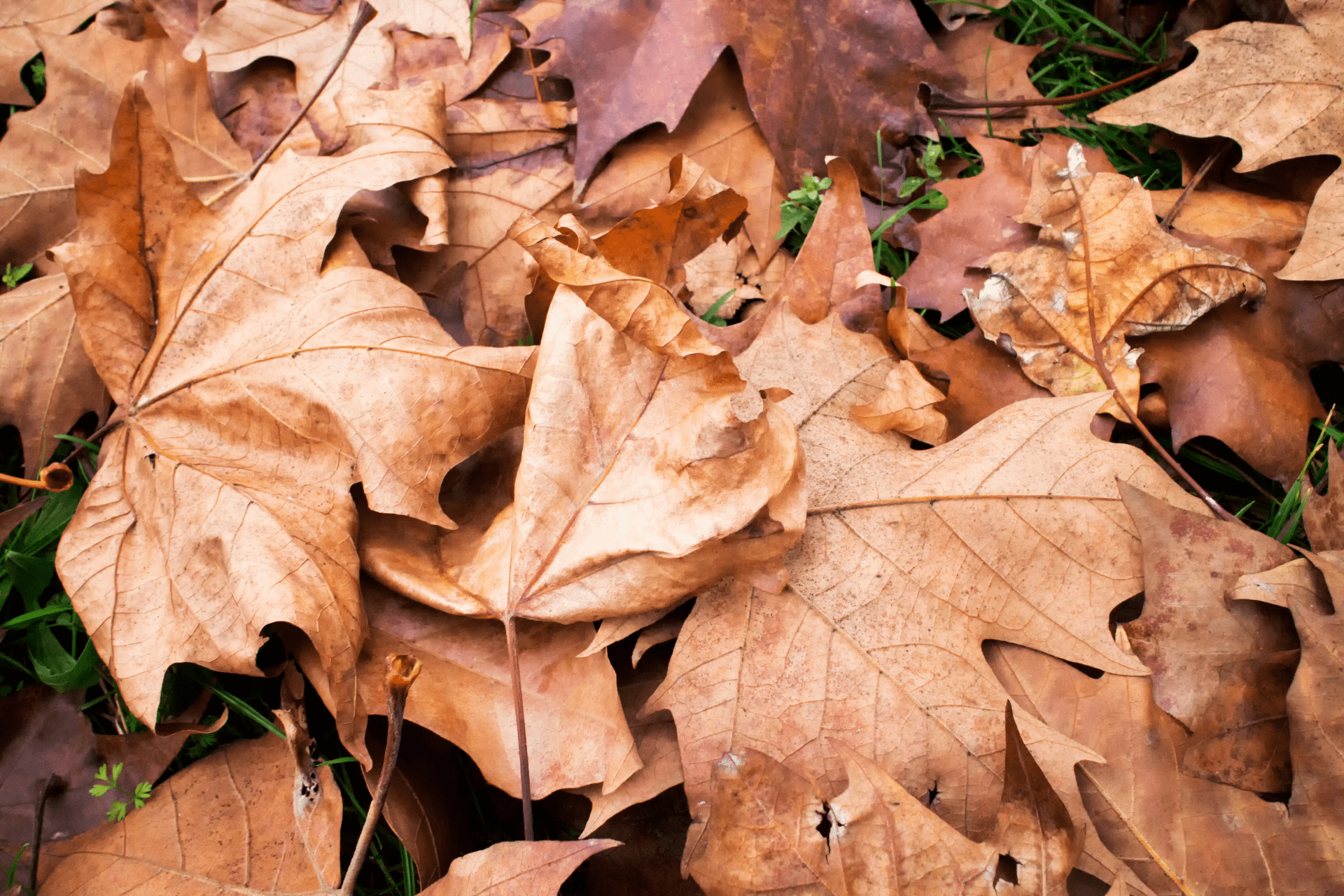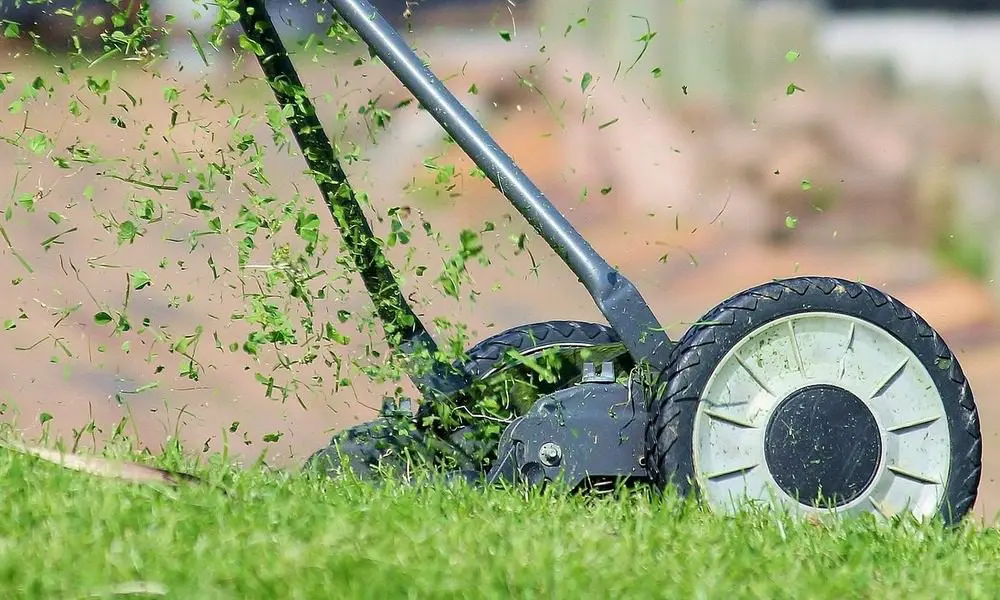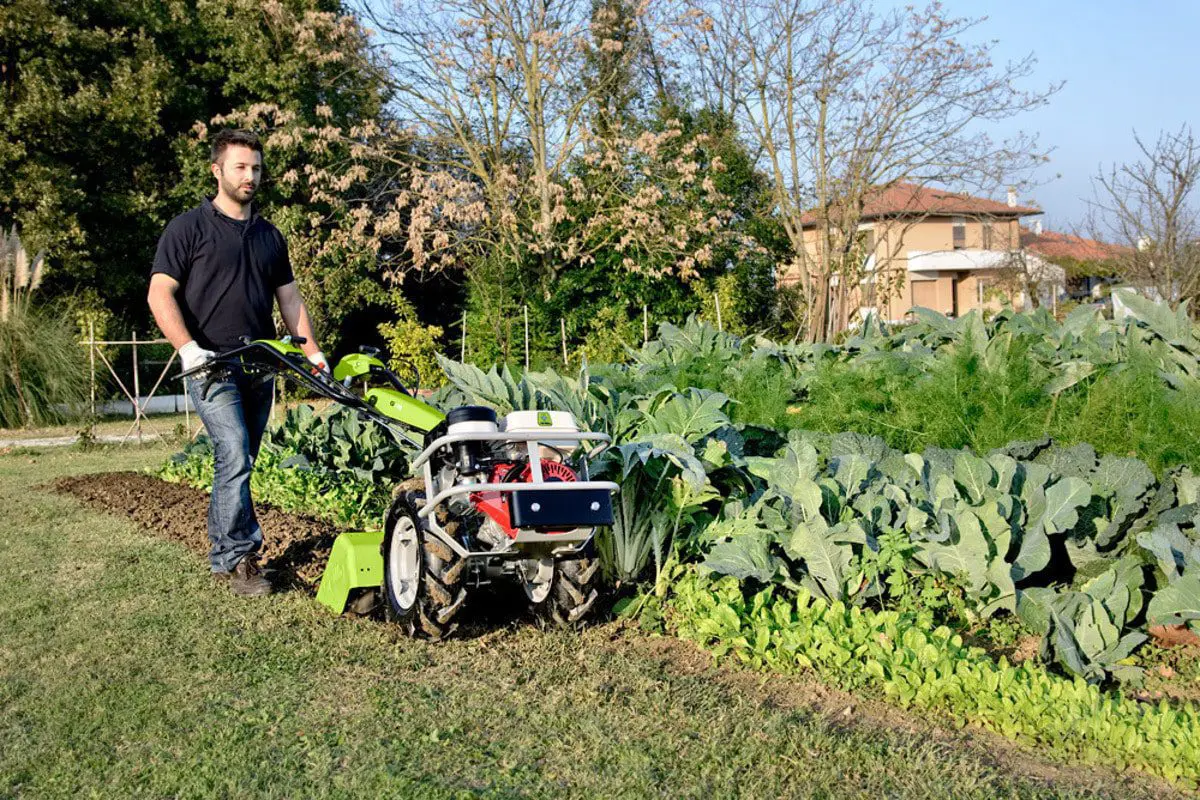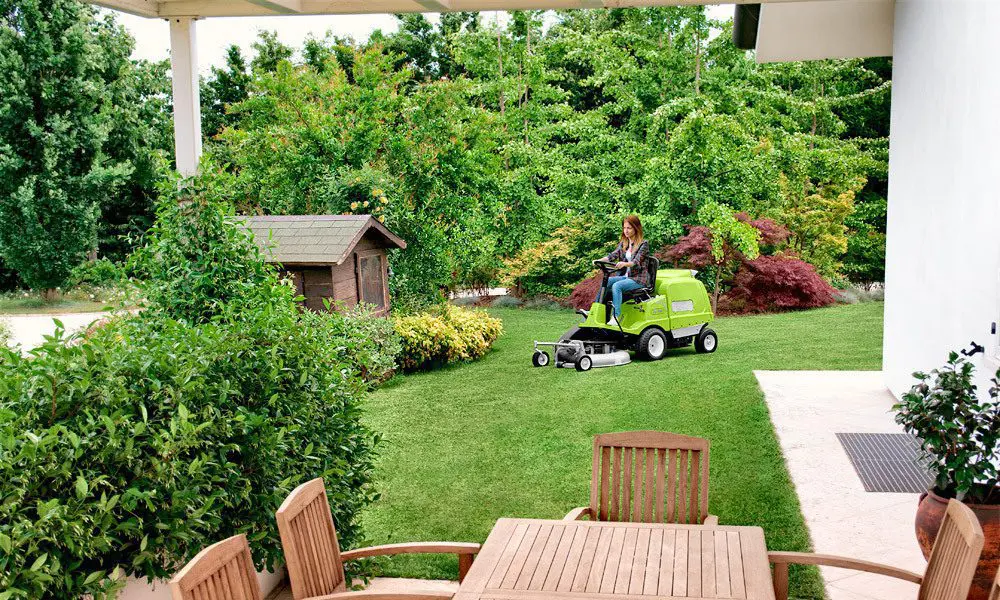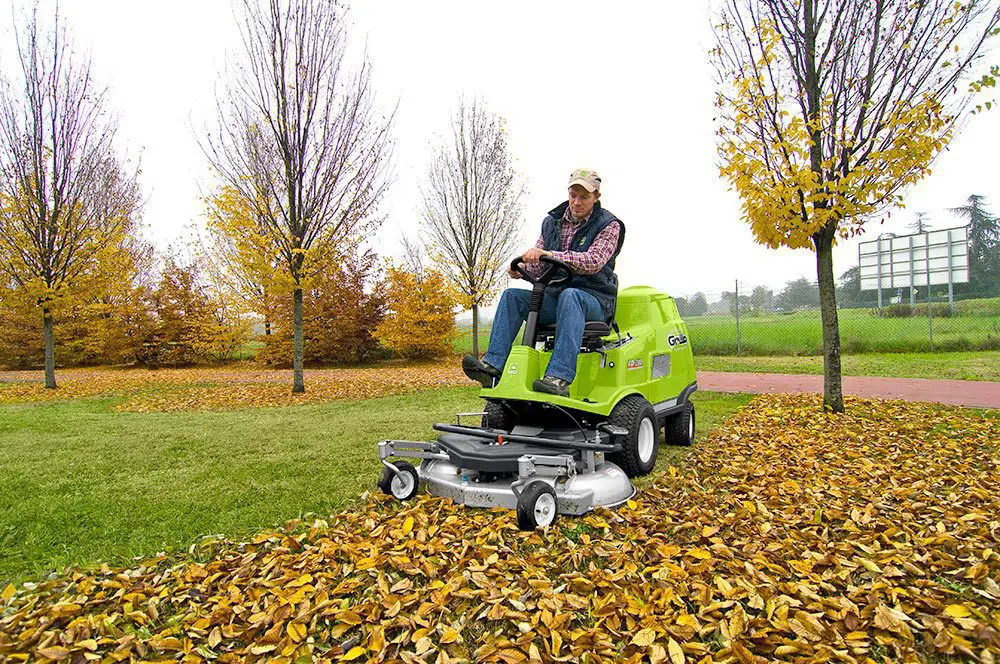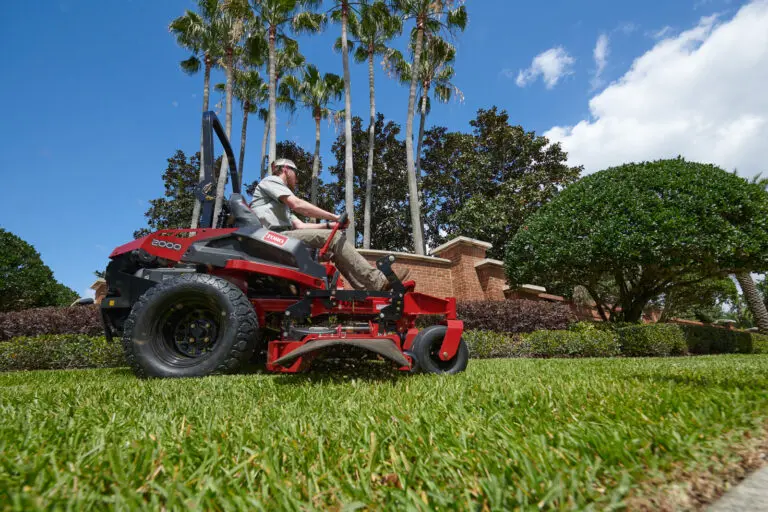Autumn’s Blanket: The Impacts of Dead Leaf Accumulation
As the season changes and the temperatures start to cool down, the leaves on trees begin to change colors and fall to the ground. This natural occurrence may seem harmless, but the accumulation of dead leaves can have a significant impact on ecosystems. Autumn’s blanket of dead leaves has both positive and negative effects on the environment, and understanding these effects is crucial for managing and preserving our natural habitats.
Positive Effects
One of the most apparent effects of dead leaf accumulation is the creation of a protective layer over the soil. The layer of leaves helps to insulate the soil and retain moisture, providing a conducive environment for microbes, fungi, and other small organisms to thrive. These organisms play a critical role in breaking down the dead leaves and turning them into nutrient-rich soil. The decomposing leaves also release carbon dioxide, which is an essential element for plant growth.
Another positive effect of dead leaf accumulation is the provision of habitat for small animals. The layer of leaves creates a natural hiding place for insects, amphibians, and small mammals, providing a safe place for them to nest, forage, and rest. The accumulation of dead leaves also creates a buffer against the harsh winter weather, providing a warm and dry shelter for small animals to survive the cold season.
Negative Effects
The accumulation of dead leaves can also have negative effects on the environment, especially in areas with excessive leaf fall.
When leaves accumulate in large quantities, they can block drainage systems and cause flooding in low-lying areas. The layer of leaves can also smother the grass and other vegetation, preventing them from getting enough sunlight and oxygen. This can result in the death of the vegetation, leading to soil erosion and a loss of biodiversity. It will also create an untidy and unsightly appearance in your garden or lawns.
Moreover, dead leaves can harbor disease pathogens and provide a habitat for pests, such as rodents and insects, which can then harm your garden or lawns. This is particularly true if the leaves are from plants that had diseases or pests during the growing season.
Preventative measures
To prevent any potential harm to your garden or lawns from the accumulation of dead leaves, it’s important to manage them properly. To manage dead leaf accumulation in ecosystems, it is important to strike a balance between the positive and negative effects.
One way to do this is to implement sustainable practices such as composting, mulching, or using dead leaves as a natural fertilizer. Composting dead leaves is a great way to recycle them and turn them into nutrient-rich soil that can be used to support plant growth. Mulching, on the other hand, involves shredding the leaves, which helps them decompose faster and integrate into the soil as a protective layer. This method not only helps to retain moisture but also adds nutrients to the soil as the leaves decompose.
If you have an excessive amount of dead leaves that cannot be effectively managed through mulching or composting, consider removing them from your garden or lawns and disposing of them properly. Using a leaf blower can make the task of clearing leaves more efficient and convenient. Instead of raking or manually sweeping leaves, a leaf blower can blow the leaves into piles or into designated areas for easier collection and disposal.
If you had plants with diseases or pests during the growing season, it’s important to remove and dispose of the dead leaves from those plants to prevent the spread of disease or pests in your garden.
Conclusion
In conclusion, dead leaf accumulation has both positive and negative effects on ecosystems. While it provides a natural insulation layer for the soil and a habitat for small animals, it can also cause problems with flooding, soil erosion, and air quality. By implementing sustainable practices such as composting and mulching, you can harness their benefits and prevent any potential harm to your plants and soil.

